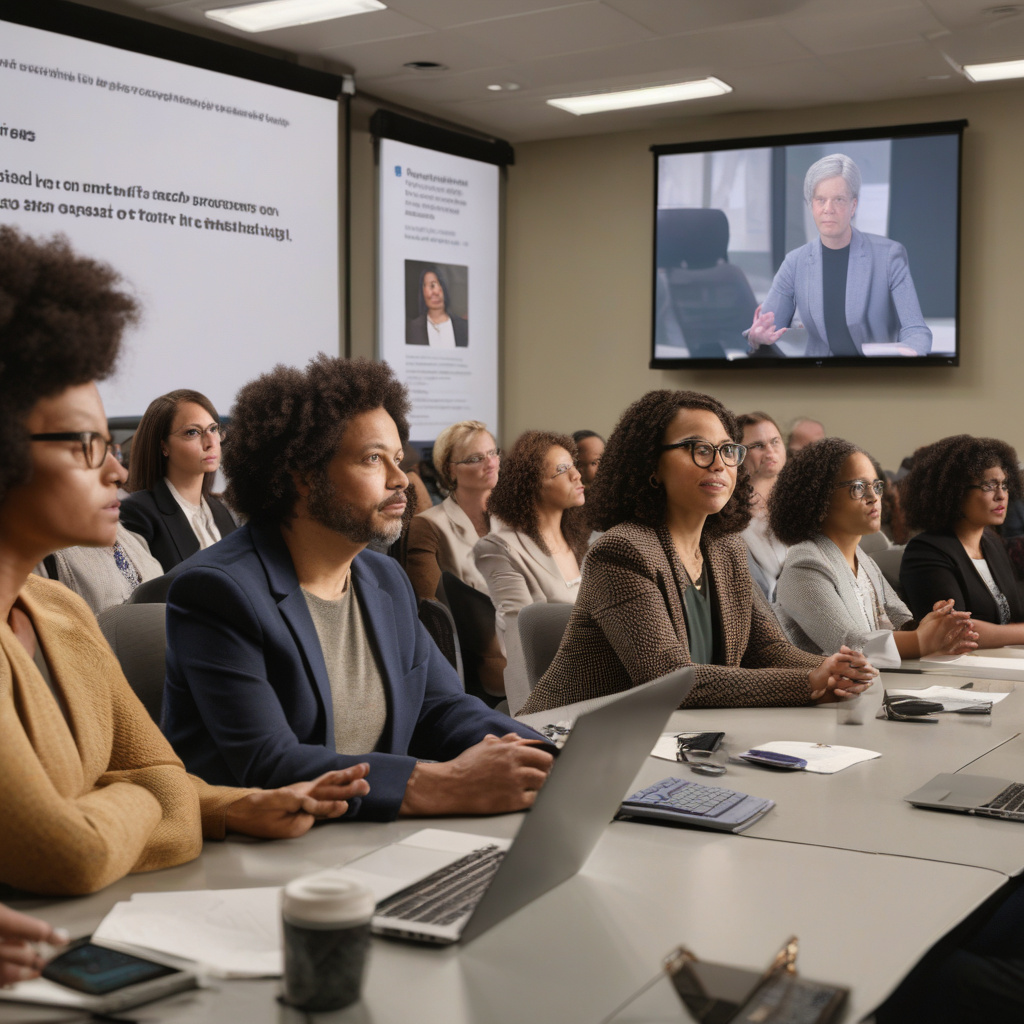In a massive show of engagement, individuals, industry groups, and local governments have flooded the White House with over 10,000 comments regarding the national AI policy, aptly named the AI Action Plan. The White House Office of Science and Technology Policy (OSTP) recently unveiled the submissions in a hefty PDF encompassing a staggering 18,480 pages. These comments delve into crucial aspects such as copyright and tariffs, reflecting the diverse perspectives and concerns surrounding AI regulation and development.
One prominent theme within the submitted comments revolves around copyright issues in the realm of AI. Stakeholders are voicing apprehensions about the intersection of AI technology and intellectual property rights, highlighting the need for clear guidelines to address potential copyright challenges. As AI continues to evolve and permeate various industries, ensuring that copyright laws align with technological advancements becomes increasingly imperative.
Moreover, the discussion on tariffs in relation to AI underscores the intricate economic implications of AI policy. Commentators are emphasizing the significance of establishing fair trade practices and tariff regulations that foster innovation while safeguarding economic interests. The interplay between AI development and trade policies is pivotal in shaping a conducive environment for technological progress while mitigating potential trade disputes.
The sheer volume and variety of comments submitted to the White House signify the complex landscape of AI governance and the diverse array of considerations at play. From concerns about copyright protection to the intricacies of trade tariffs, the discourse encapsulates the multifaceted nature of AI policy formulation. As stakeholders continue to weigh in on these critical issues, it is evident that a comprehensive and inclusive approach is essential to shaping an effective national AI policy.
The publication of these comments by the OSTP not only underscores the transparency of the policy-making process but also invites further dialogue and collaboration among stakeholders. By opening up the floor to diverse perspectives and insights, the White House demonstrates a commitment to fostering an inclusive and informed approach to AI policy development. This transparency is crucial in building trust and consensus within the AI community and ensuring that policies are reflective of the broader societal interests at stake.
In conclusion, the influx of public comments on AI policy, encompassing areas such as copyright and tariffs, reflects the intricate web of considerations surrounding the regulation and deployment of AI technologies. The engagement of individuals, industry groups, and local governments underscores the importance of a participatory and transparent approach to AI policy-making. As the White House navigates the feedback received, incorporating diverse viewpoints and addressing key concerns will be essential in shaping a robust and forward-thinking national AI policy.

